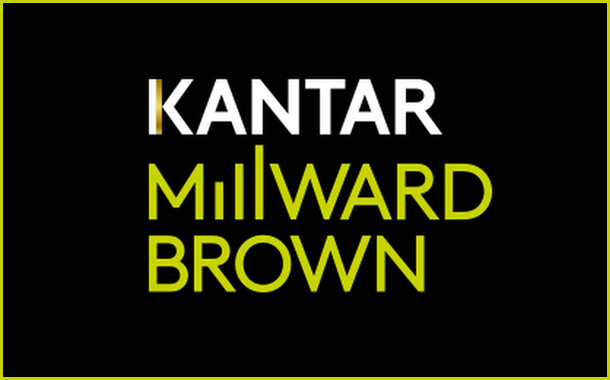Mumbai: WPP -Kantar’s brand, communications and media research unit Kantar Millward Brown today conducted its annual Media Conclave 2017 here in Mumbai. This year’s Media Conclave focussed on the impact of various media Ad Formats on campaign performances. The conclave played host to some of the country’s top most Marketing, Media and Media Insights leads.
Fuelled by the perpetual quest to optimize marketing spends, the phenomenon of ‘defragmenting media’ has begun driving unique ‘Brand building’ initiatives. The transition has evidently been exponential for digital channels. As newer avenues of outreach programs continue to flock around Advertisers, the uncomfortable counter-views on questionable impact of various ad formats obviously crop-up.

In the words of Gonzalo Fuentes, Global CEO Media & Digital Practice, Kantar Insights: “Digital as an investment is not small anymore and we need to start thinking more seriously on how as a medium, it can help to drive our brand strategy;how it contributes to other traditional media like TV, Print that are here to stay and most importantly how do we bring the focus to what is really keeping us in business: our brands”.
Kantar Millward Brown India has collated and mined campaign performances of around 50 Indian campaigns they’ve evaluated in the recent past. A consolidated analysis of the studies, revealed some thought provoking insights. Some of the findings include,
- TV still the strongest medium to build ‘Reach’ and ‘Salience’ across generations
- Social Media has high ‘Reach’ but has lesser capability to drive‘Brand Impact’ among Gen Y and Gen X. However it drives better ‘Reach’ and ‘Brand Impact’ among Gen Z
- Online Videos work as well as TV in driving ‘Consideration’ for the brand among Gen Z and Gen Y buthave lower‘Brand Impact’onGen X
- Social Media has higher ‘Reach’ than Online Videos among Gen Z; but Online Video advertising hasa better ‘BrandImpact’

Ashish Karnad, Executive Vice President, Media & Digital, Kantar Millward Brown says: “Today, communication at every touch point with the consumer demands thoughtful optimisation. With Gen X, Gen Y and Gen Z displaying different levels of ad avoidance to various ad formats across media; delivering a consistent Brand Experience using Media synergies coupled with scientific measurement is the order of the day.”
As per AdReaction 2016, Kantar Millward Brown’s recently released annual study on receptivity to ads, Ad avoidance on digital devices is now a serious issue. All generations use the capabilities of Ad avoidance in one or the other form. Across generations, the main reason to install an ad blocker is to avoid being interrupted (through interruptive formats).All generations show positivity towards the ability to control ad exposure. Skipping ads is the most used method to avoid ads.
Meheer Thakare, Head, Digital Solutions, Kantar Millward Brown said, “Creative strategies for mobile phones need to be rethought! Younger audiences (Gen Z) highly disregard conventional digital ad formats like Pop-ups on their mobile phones. Keeping the shrinking screen in perspective, greater adoption of relatively newer digital ad formats such as sponsored lenses and mobile-based augmented reality (AR) seems inevitable. ”
Kantar Millward Brown Indiapredicts- Online Video advertising will deliver brand impact like never before, but not in all cases.While the need for more receptive online video formats is imperative, the benefits of creating a sharable video and capitalising the viral effect cannot be ignored.
Demystifying the secrets of how videos go viral, Nigel HollisChief Global Analyst at Kantar Millward Brown : “True viral video has proven to be a mythical creature- like the goose that laid golden eggs- but great creative can still earn a sharing bonus.The more compelling the creative the more people will seek it out and share it. But people need to know that creative exists in order to seek it out and share it. Today you have to promote your creative in order to ensure it is seen and shared.”

















